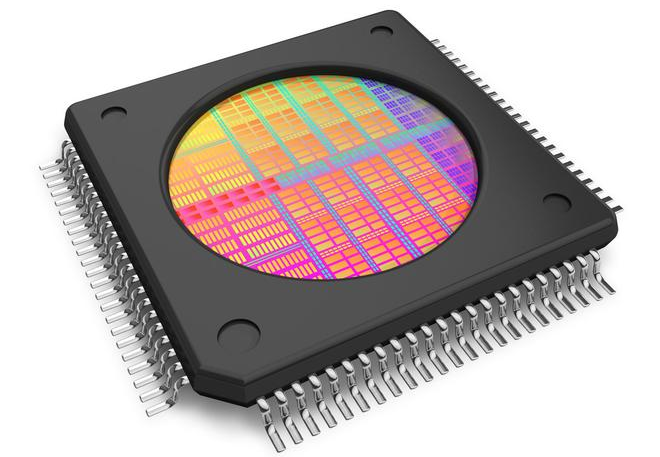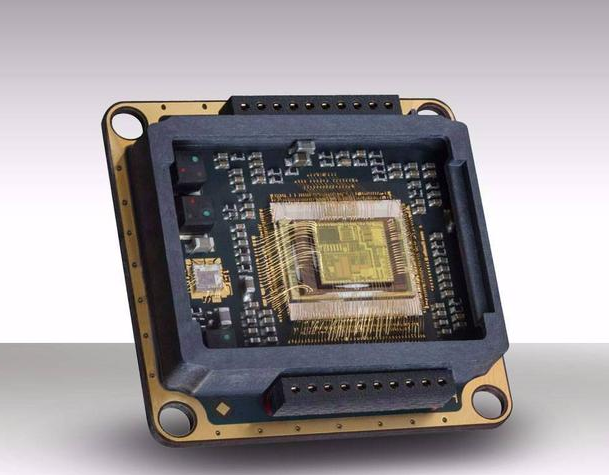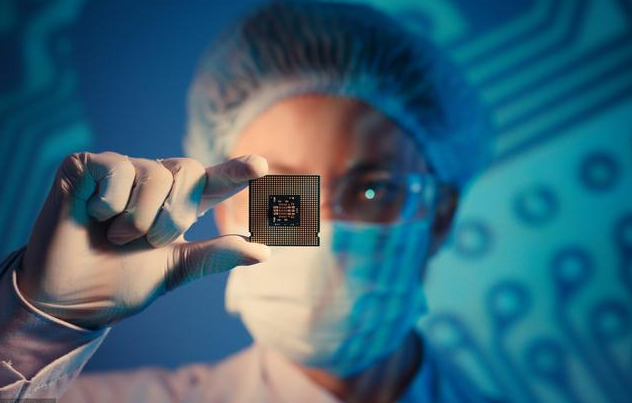A brief analysis of water - based cleaning technology for SIP, POP and IGBT-Chip Packaging
SIP stack system level chip encapsulation, POP chip assembly, IGBT power semiconductor(IC Module) module technology process, the need to use solder paste, solder paste for precision welding process, after welding encapsulation in surviving solder paste and solder paste, flux residues, in order to guarantee electrical function and reliability of the device and component technology requirements, should be cleaned the flux residue completely. This kind of process is very mature and very necessary. Water-based cleaning has been more and more widely used in the industry, replacing the original solvent-based cleaning method, so as to obtain a safe, environmental protection, clean working environment and so on. Unlike solvent-based cleaning agents for cleaning precision components and devices, water-based cleaning agents in the industry is not very high awareness, grasp is not in place, in order to provide you with a better reference, listed several important factors that need to be considered in water-based cleaning process.

1.SIP, POP or IGBT precision devices required cleanliness technical indicators
First of all to pay attention to the production of SIP, POP or IGBT precision devices required cleanliness technical indicators, according to the requirements of cleanliness to do cleaning process selection. PCB categories engaged in different application scenarios, different use conditions and environment, the device cleanliness requirements are also different, according to the technical requirements of the device to determine the cleanliness index. Including the residual allowable amount of surface pollutants and the index level of surface ionic contamination, in order to accurately define the cleanliness requirements to be achieved in the manufacturing process of devices. Avoid possible electrochemical corrosion and chemical ion migration failures.

2. Contaminants existing in the device manufacturing process
Since it is to clean the pollutants in the manufacturing process, it is necessary to pay attention to the pollutants existing in the manufacturing process of the device, such as solder paste residue, solder paste residue and other pollutants, and evaluate the impact of pollutants on the reliability of the device, such as: Electrochemical corrosion, chemical ion migration and metal migration, etc. In this way, we can make a comprehensive understanding of all pollutants, and determine which pollutants need to be removed by cleaning, so as to ensure the final technical requirements of the device. Washability of contaminants determines the choice of cleaning process and equipment, washless solder paste or water-soluble solder paste. The type of solder paste is different, and the characteristics of residues are different. The cleaning process and the choice of cleaning agent are also different. Identification and determination of contaminants in SIP, POP, IGBT process is an important prerequisite for cleaning.

3, Water - based cleaning PCB Packaging process and equipment configuration choice
The selection of process and equipment configuration for water-based cleaning is particularly important for cleaning precision components and, once selected, will serve as a long-term use and operation mode. Water-based cleaning agent must meet the whole process of cleaning, rinsing and drying. Batch cleaning and through cleaning processes are usually chosen. Batch type cleaning process is more suitable for production is not too stable, sometimes no, when large and small, variety changes are more, which is conducive to flexible operation according to the flow configuration of the production line, reduce the consumption of equipment and cleaning agent consumption, reduce costs and achieve the technical requirements of the process. Through the type of cleaning process is often suitable for stable output, large batch, can continuously carry out the arrangement of cleaning flow, to achieve high speed and high efficiency of product production, to ensure the quality of cleaning. According to the structure form of the product and the tolerance degree of the device material to bear the physical force, choose the ultrasonic process or spray process.

4. Selection of types, varieties and characteristics of water-based cleaning agents
According to the process conditions of the equipment and the cleanliness index requirements of the devices, the selection of appropriate water-based cleaning agent is the key point we should consider. Generally speaking, water-based cleaning agent has good safety characteristics, non-flammable, not volatile, environmental protection characteristics meet the European Union REACH environmental material standard requirements, to achieve the safety of the atmosphere and human body. In addition, according to the process, equipment conditions, the use of water-based cleaning agents should be able to thoroughly clean the removal of residues, and at the same time to ensure the compatibility requirements of all metal materials, chemical materials, non-metal materials and other materials on SIP, POP, IGBT components. In a common language to express, not only to clean the pollutants, but also to ensure the safety of material, no corrosion, no discoloration, fully meet the functional characteristics of the device requirements.
5, The summary
There are many factors that need to be considered for SIP, POP, IGBT water-based cleaning. The specific process parameters and selection involve a wide range and strong technical relevance. In this paper, only the most important part is briefly described for the reference of the industry.
【chip packaging knowledge 】
SIP encapsulation
SIP package is to integrate a variety of functional chips, including processor, memory and other functional chips into a package, so as to achieve a basic complete function. Corresponding to SOC. The difference is that the system-level package adopts different chip side by side or superposition package, while the SoC is a highly integrated chip product. From the point of view of encapsulation development, SIP is the foundation of SoC encapsulation implementation.
Packaging and Overloading (POP)
With the further improvement of the requirements for miniaturization, functional integration and large storage space of mobile consumer electronic products, the miniaturization and high-density packaging forms of components are also increasing. Such as MCM, SIP (system encapsulation), flip chip and other applications are more and more widely. The emergence of POP CPackage on Package stack assembly technology has further blurred the boundary between primary Package and secondary assembly, which greatly improves the logic operation function and storage space, and at the same time, it also provides the possibility for the end user to choose only the combination of devices. At the same time, the production cost is also more effectively controlled.
POP is an emerging, lowest cost 3D packaging solution for integrating complex logic and storage devices. System designers can leverage POP to develop new devices, integrate more semiconductors, and maintain or even reduce motherboard size through the package size advantage afforded by stacking. The main purpose of the POP package is to integrate high-density digital or mixed-signal logic devices in the IC PCB bottom package and high-density or combined storage devices in the top package.